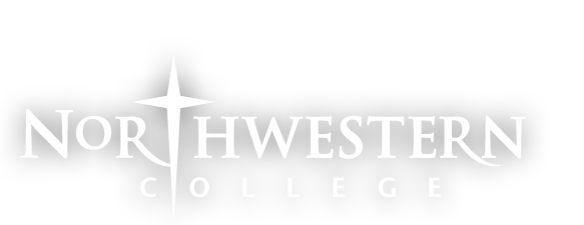Abstract
Mycobacteriophages are infectious particles that infect mycobacteria, and little is known about cis-regulatory elements that control their gene expression. In phage genomes, cis-regulatory elements commonly precede a series of genes that are expressed as an operon. JacoRen57 is a cluster AB mycobacteriophage that possesses forward and reverse genes with non-coding gaps interspersed throughout its genome. We assayed one of the gap regions of JacoRen57 (40644-40974 bps) for regulatory activity in the downstream direction when present in its host, Mycobacterium smegmatis, by cloning the region into pLO86, a vector containing the mCherry reporter gene. The putative regulatory region induced the expression of mCherry in vivo, indicating the presence of a promoter in this region of the JacoRen57 genome. Utilizing 5’ deletions analysis, we identified promoter and repressor elements within this regulatory region. We are conducting further experiments to understand the characteristics of the repressor region and which sigma factor/s binds to this promoter.
Included in
Exploring a Transcriptional Regulatory Region in Mycobacteriophage JacoRen57
Mycobacteriophages are infectious particles that infect mycobacteria, and little is known about cis-regulatory elements that control their gene expression. In phage genomes, cis-regulatory elements commonly precede a series of genes that are expressed as an operon. JacoRen57 is a cluster AB mycobacteriophage that possesses forward and reverse genes with non-coding gaps interspersed throughout its genome. We assayed one of the gap regions of JacoRen57 (40644-40974 bps) for regulatory activity in the downstream direction when present in its host, Mycobacterium smegmatis, by cloning the region into pLO86, a vector containing the mCherry reporter gene. The putative regulatory region induced the expression of mCherry in vivo, indicating the presence of a promoter in this region of the JacoRen57 genome. Utilizing 5’ deletions analysis, we identified promoter and repressor elements within this regulatory region. We are conducting further experiments to understand the characteristics of the repressor region and which sigma factor/s binds to this promoter.

